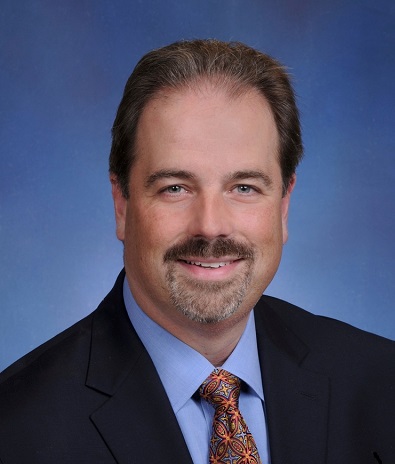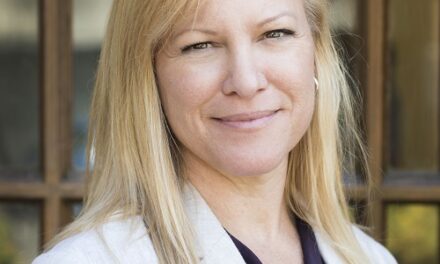By Rafael Fernandez, Jr., MD
The corporate takeover of medicine continues to accelerate at an alarming pace. According to research conducted by the Physicians Advocacy Institute and Avalere Health, more than 75% of physicians are now employed by hospitals, health systems, and other corporate entities. The recent announcement of Amazon purchasing One Medical for $3.9 billion may be the most glaring example of this paradigm shift.
In Florida, the takeover has been assisted by policy makers in Tallahassee who have expanded the role of non-physician practitioners in recent years including providing independent practice to Advanced Practice Nurse Practitioners and expanding the number of Physician Assistants a physician can supervise to 10.
Make no mistake that while these non-physician practitioners cheered their expanded role in care delivery, it is corporate interests that are providing the muscle behind these efforts. The equation is simple, physicians are more expensive and difficult to replace than mid-level providers. But that calculation will only work if supervised or independent mid-level practitioners dispatched in larger numbers can produce with the same efficiency and effectiveness as physicians.
The training and skills that physicians and mid-levels bring to the table are not comparable.
Physicians are not allowed to diagnose, treat, or prescribe independently until they have logged 15,000 to 16,000 clinical hours. While Nurse Practitioner organizations promote that NPs are prepared to diagnose and prescribe independently after logging between 500 and 1,500 clinical hours.
And some initial performance data shows that the efficiencies are not materializing.
According to an article from the American Medical Association, “the 2017–2019 CMS cost data on Medicare patients without end-stage renal disease and who were not in a nursing home showed that per-member, per-month spending was $43 higher for patients whose primary health professional was a non-physician instead of a doctor. This could translate to $10.3 million more in spending annually if all patients were followed by APPs, says the analysis. When risk-adjusted for patient complexity, the difference was $119 per member, per month, or $28.5 million annually.”
The Dade County Medical Association has consistently argued that a physician-led team is the best way to enhance quality and appropriately utilize health care services. Unfortunately, as more physicians become middle managers to a growing army of mid-level providers, their decision making is more often compromised by limited time and influences dictated from above. The reality of this shifting care paradigm should worry patients, policymakers, and those who purchase health insurance for themselves, their constituents, or their employees.
Dr. Rafael Fernandez, Jr. is President of the Dade County Medical Association.



























